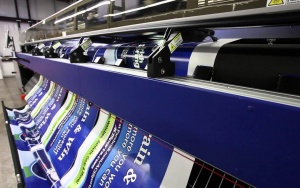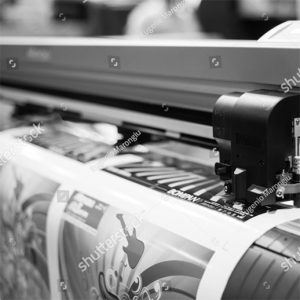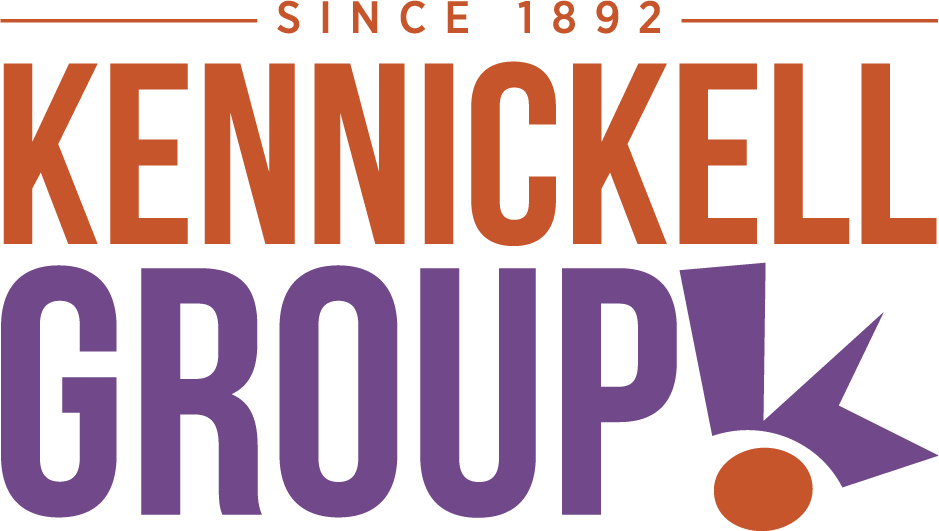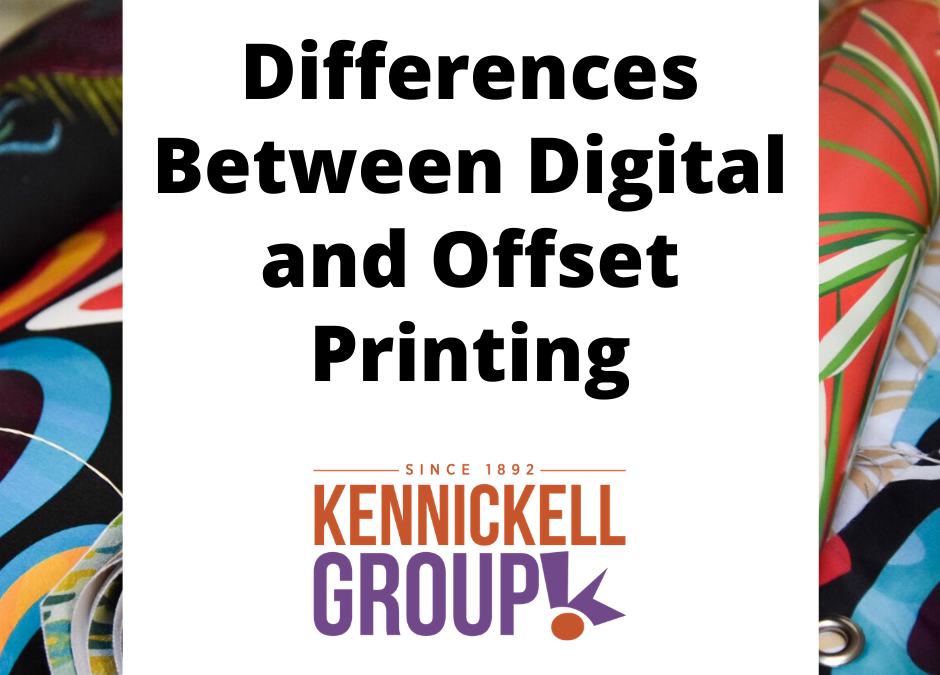
Imagine you want some new company pamphlets, posters, brochures, or business cards. You’ve designed and created your perfect print marketing material, but one tough choice still remains: what’s the best way to print my creation? When you’re stuck deciphering the differences between digital and offset printing, we have the answers you need!
Chances are, you think of printing for what it is; simply putting ink to paper and seeing the results fly. However, that’s when you must choose. The two most common types of printing, offset and digital, can confuse anyone unfamiliar with the process.
In this post, we’ll discuss the two styles and highlight the positive and negative aspects they may have on your designs.
What is Offset Printing?
Offset printing (also known as lithography) is the most common means of commercial printing. Reels of print are created in large quantities with more accurate and professional color by using this style. Think magazine, newspapers, or other large quantity jobs for this particular printing method. 
First, we digitize files and break them down into color separations. Then, programs will etch the separated colors into aluminum plates that are loaded onto a roller called a plate cylinder. A machine dampens the plate and then offset these plates onto another cylinder. A machine loads paper into the press every few seconds and pushes it through multiple sets of cylinders until all color is pressed onto the paper. Finally, we apply a thin layer of powder for the paper to dry properly.
We recommend offset printing for larger jobs. The more you print, the less your cost per print will be. This type of printing boasts superior image quality, better color fidelity, and works well for almost any kind of material; however, there is a longer timetable, high-cost for low volume jobs, and worse fallout if anything goes wrong during a pressing.
What is Digital Printing?
Digital printing produces your materials much faster than offset printing. Xerox defines digital printing as the process of printing digital-based images directly onto a variety of media substrates. No printing  plates are needed. PDFs or other digital files are sent directly to the printing press to put onto paper. Materials such as regular printer paper, photo paper, canvas, fabric, synthetics, or cardstock can be used as a medium for these images.
plates are needed. PDFs or other digital files are sent directly to the printing press to put onto paper. Materials such as regular printer paper, photo paper, canvas, fabric, synthetics, or cardstock can be used as a medium for these images.
Digital printing takes far fewer steps than offset printing. Because of this, print-on-demand services are available. Print 10, 25, or 250 in cost-effective short spurts. Expect quick turnarounds and variable data printing.
Digital vs. Offset Printing: What’s Best for Me?
The answer to this question is simple: pick your quantity. If you need thousands of printed items, use offset printing to efficiently produce them. If you need a lower amount printed, digital printing allows the flexibility to do smaller numbers if needed. It is important to consider how quickly your business will need these materials. When there is a quick turnaround, use digital. When there’s flexibility in the due date, opt for offset. Each job is an individual case basis, so each will be dependent on several factors.
Choose Kennickell
Whatever your printing needs may be, a Kennickell creates beautiful solutions for your needs. No matter the case, The Kennickell Group produces beautiful print marketing and elevate your business to new heights. Contact us today for any of your offset or digital printing needs!




